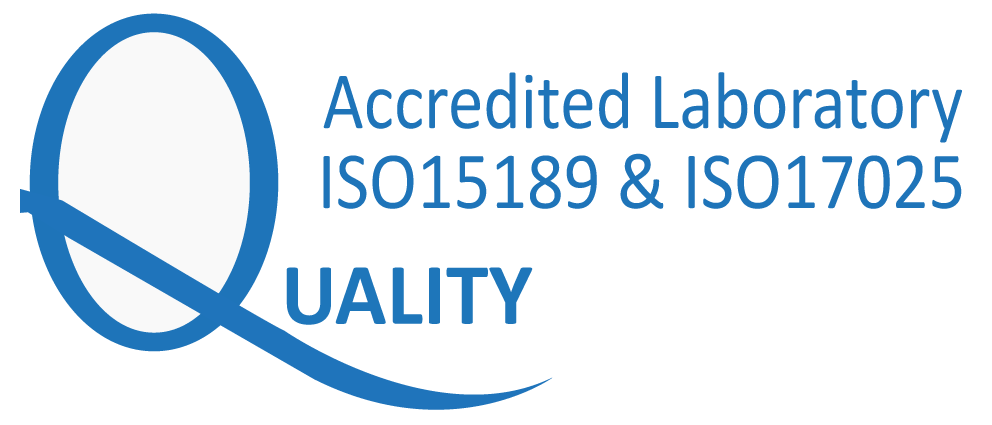
|
|
||||||||||||||||||||||||||||||||||||||||||||||||||||||
|
|
Species Specific ServicesServices grouped by species of interest. |
| Avian | Camelid | Equine | Feline | Canine |
| Assay Code | See Below | ||||
| Description | There are three types of influenza viruses: A, B, and C. Influenza A viruses are members of the family Orthomyxoviridae and are further classified by subtype on the basis of the two main surface glycoproteins hemagglutinin (HA) and neuraminidase (NA). Birds usually get affected by Type A flu virus, also called as Avian Influenza (AI) virus which constantly evolves by mutation and re-assortment and is generally responsible for the large flu epidemics. The AI virus affects several species of food producing birds (chickens, turkeys, quails, guinea fowl, etc.), as well as pet birds and wild birds. Occasionally mammals may contract avian influenza. There are many AI virus strains, which are usually classified into two categories according to the severity of the disease in poultry:
Equine influenza is caused by two distinct subtypes (H7N7, formerly equi -1, and H3N8, formerly equi -2) of the influenza A virus. It is an acute respiratory infection of horses, donkeys, mules and other equidae. The disease has an incubation period of only one to three days and is capable of causing explosive outbreaks. Horses with horse flu can run a fever, have a dry, hacking cough, runny nose, and become depressed and reluctant to eat or drink for several days, but they usually recover in two to three weeks. Type B flu virus, unlike the type A flu viruses, is found only in humans. Type B flu may cause a less severe reaction than type A flu virus, but occasionally, it can be extremely harmful. Influenza type B viruses are not classified by subtype and do not cause pandemics. The influenza C virus infects humans, dogs and pigs, is less common than the other types. It usually causes only mild disease. |
||||
| Pathogens Tested | Testing is available for Influenza A and B, Avian Influenza, Equine Influenza, Influenza H5N1, Subtyping of Influenza (N1 to N9, H1 to H16).
* Accredited Tests. Refer to the service list for more details. |
||||
| Method |
|
||||
| Sample Type |
|
||||
| Transport Condition | Samples should be transported at 4°C. | ||||
| Turn Around Time (TAT) | Normal Turnaround time for pathogen Identification is within 5 working days. Urgent Samples will be reported within half of the minimum test period & will be Charged Double. Samples delivered after 11:00 AM will be processed next working day unless urgent. |
||||
| Links | |||||
|
Molecular Biology & Genomics Centre
© 2006 MBG Centre. |
|
© 2006 MBG Centre.
|

